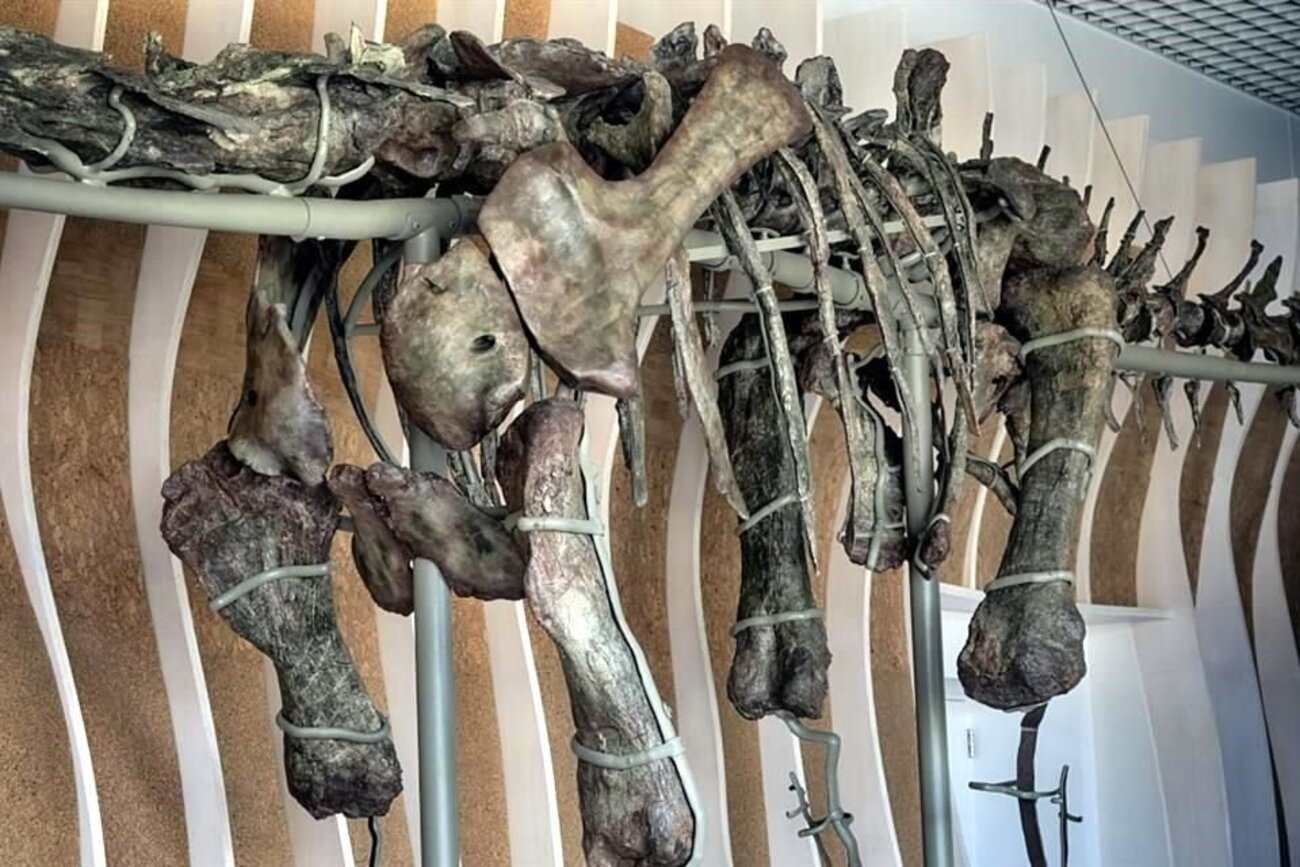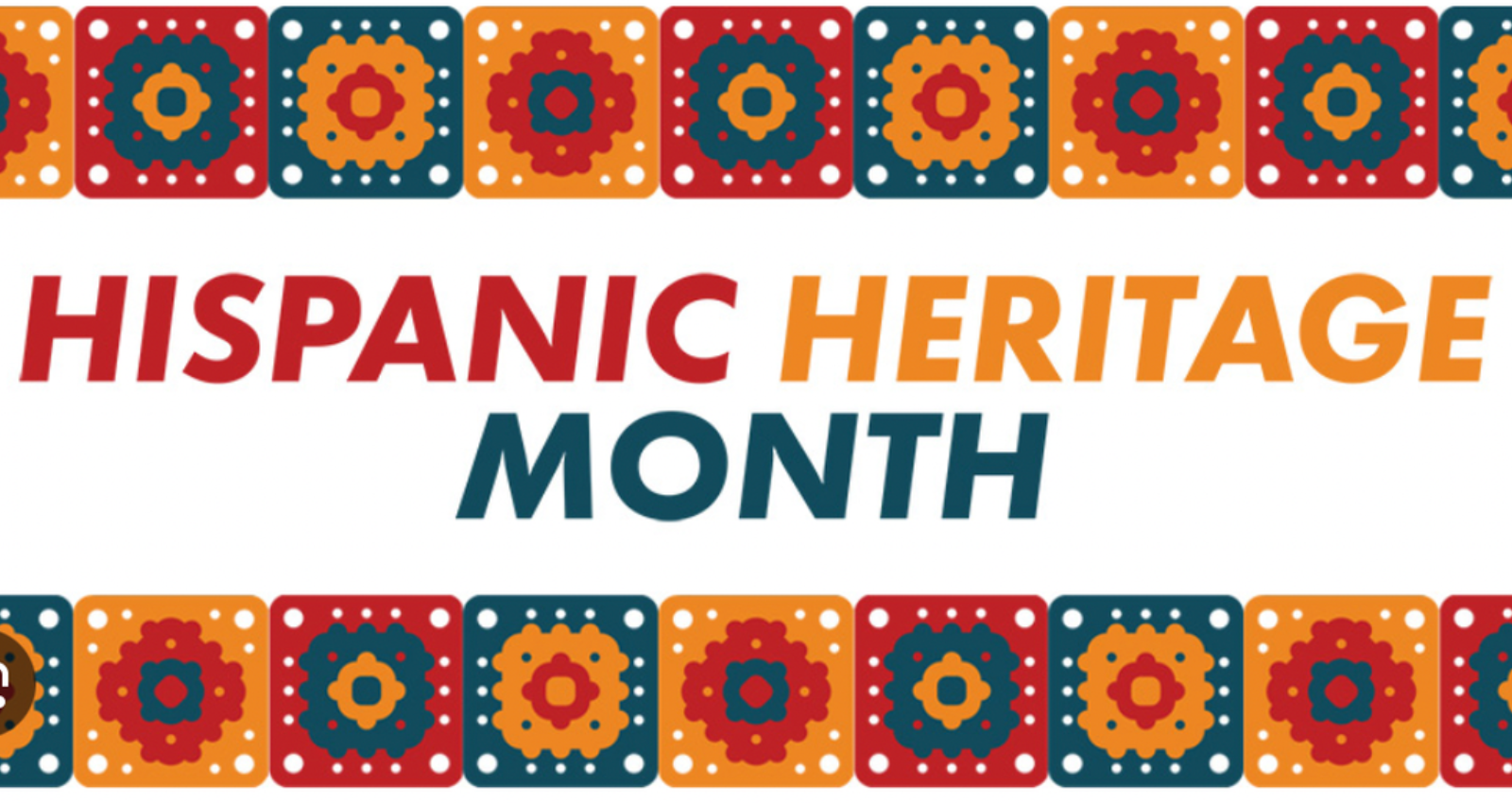
Could a Mathematical Formula stop the extinction of species?
Math has already been used effectively in defining protected areas in places with productive activities in 150 countries over the past 15 years. The best…
A controversial mathematical formula that measures the cost-benefit of saving different species, in order to decide which should be given priority, has created great expectations about its application in the Americas, amid warnings about a sixth mass extinction.
Conservation requires intelligence, and now with the extinction rate 100 times greater, there will never be enough funds to invest in all species so we must prioritize, Hugh Possingham, chief scientist of the NGO The Nature Conservancy, told EFE when asked about the "moral dilemma" this choice creates.
The expert in ecology and applied math said that the proposed equation, applied in New Zealand and Australia, is based on cost, benefit and chances of success in saving a species.
He said that calculated for each species is its risk of extinction if nothing is done. A project for saving it is then conceived in terms of cost and benefit, which is to say the cost-effectiveness of increasing its chances of survival while factoring in the probability of success.
It's like going shopping. You go to the supermarket and see all the species. In trying to save as many species as possible with a limited budget, it's best to choose those with the best chances of survival and apply the procedures likeliest to succeed - that way the greatest number of species can be saved, according to the Australian environmentalist.
RELATED CONTENT
The result is a list of species most worthy of investment, including which should come first and which deserves the biggest budget.
The head scientist of The Nature Conservancy said that in New Zealand it took two years to draw up a list of 700 species with another factor included: the importance of the species in the tree of life, in other words, its antiquity and degree of evolution.
Possingham recalls that math has already been used effectively in defining protected areas in places with productive activities in 150 countries over the past 15 years, particularly with software called Marxan.
The best example of that application is Australia's Great Barrier Reef, where Marxan permitted the expansion of protected areas from 5 percent to 35 percent while preserving species and improving fishing. A win-win situation, Possingham said.
Scientists have warned about the so-called "sixth mass extinction," which has the populations of over 30 percent of vertebrate animal species decreasing.
Possingham is in Colombia this week for the International Congress for Conservation Biology, which will focus on the importance of science to biodiversity.










LEAVE A COMMENT:
Join the discussion! Leave a comment.